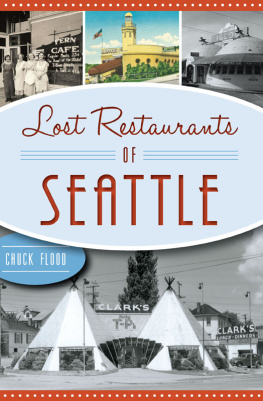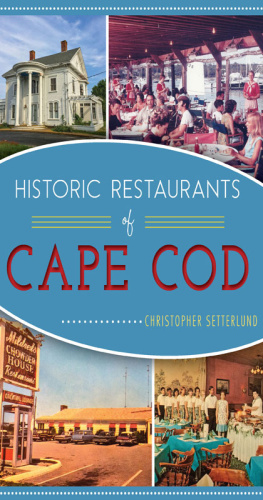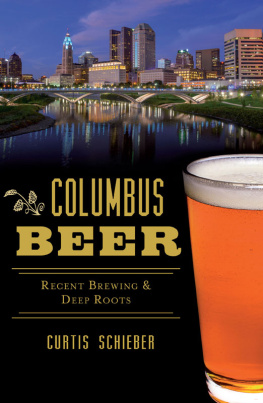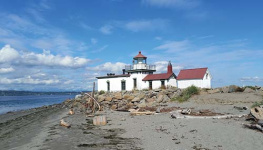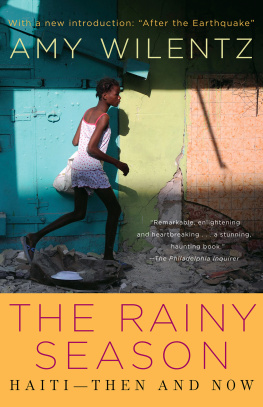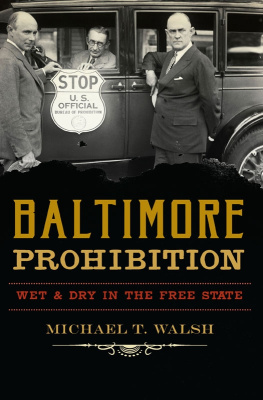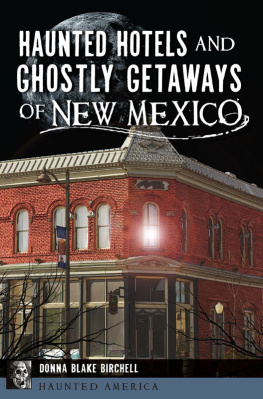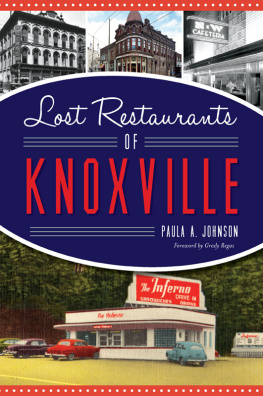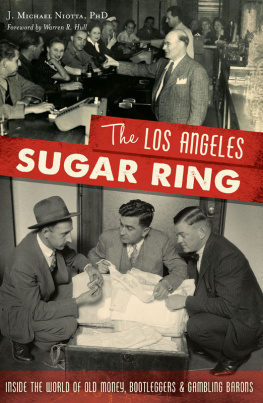


Published by American Palate
A Division of The History Press
Charleston, SC
www.historypress.net
Copyright 2017 by Charles F. Flood
All rights reserved
Front cover, top, left: Fern Cafe staff. Ballard Historical Society; center: Ship-shaped with porthole windows and a lighthouse tower, everything was nautical at Skippers. Authors collection; right: Two penguins danced atop the twin domes of the Igloo, at the corner of Aurora Avenue and Denny Way. Seattle Public Library, spl_wl_res_00228; bottom: The Twin T-Ps as it looked in 1942, when it was part of Walter Clarks restaurant empire. Museum of History and Industry, 1983.10.17115.1.
First published 2017
e-book edition 2017
ISBN 978.1.43966.262.5
Library of Congress Control Number: 2017940942
print edition ISBN 978.1.46713.704.1
Notice: The information in this book is true and complete to the best of our knowledge. It is offered without guarantee on the part of the author or The History Press. The author and The History Press disclaim all liability in connection with the use of this book.
All rights reserved. No part of this book may be reproduced or transmitted in any form whatsoever without prior written permission from the publisher except in the case of brief quotations embodied in critical articles and reviews.
To Debbie
Acknowledgements
Many thanks to those who provided information, insight, moral support and/or otherwise contributed to this project. They include:
Andy Yurkanin, for memories of the great restaurants and restaurateurs of the 1950s and 60s
Phil Wong and Christina Gee, for recollections of Trader Vics
Stephanie Graham, for describing the Polynesia in 1967
Paul Dorpat, Eric Lacitis and Jean Godden, for the use of images and quotations
John Nicon and the Greek-American Historical Museum of Washington State, for information about Greek restaurant owners and permission to quote from that organizations website
Sherri King, Bartell Drugs Archives
Tony A. Johnson, chairman of the Chinook Indian Nation, for notes about oysters and the role the Chinook and Lower Chehalis tribes played in Washingtons early oyster industry
Mary Henry, for insight into early black restaurant owners
Scott Farrar, for information about the Coon Chicken Inns
The Seattle Times, for permission to quote from articles
Nat Lund, John Hinterberger, Everett Boss and other culinary critics of years gone by, for the stories they left us of meals enjoyed at restaurants that have long since disappeared
Phil Stairs, Washington State Archives Puget Sound Regional Branch
Carolyn Marr, Museum of History and Industry
Jade DAddario, Seattle Public Library
Julie Irick, Seattle Municipal Archives
Kris Kinsey, University of Washington Special Collections
Laura Cooper, Ballard Historical Society
Alicia Arter, Queen Anne Historical Society
Lissa Kramer, Southwest Seattle Historical Society
Vicki Stiles, Shoreline Historical Museum
Artie Crisp and Abigail Fleming, editors extraordinaire at The History Press
Images not individually credited are from my personal collection. Quotations not specifically attributed are from contemporary sources such as the Seattle Times and other early newspapers; business directories like Choirs Pioneer Directory of the City of Seattle and King County; and vintage advertisements and menus.
A few caveats: the term restaurant, as used here, is purposefully broad. A restaurant can be anything from a hole-in-the-wall storefront to an upscale, elegant establishment in its own building. But restaurants werent (and arent) the only places to get a meal. From ancient times, inns and taverns have offered food along with lodging and drink. Over the years, a great variety of eateriescafs, coffee houses, tearooms, grills, snack bars, lunch counters, diners, burger joints, hot dog stands, drive-ins and drive-upshave sprung up to tempt appetites. Theres not necessarily a clear distinction between these terms; in fact, individual businesses often changed their names to accord with the latest trends. For instance, Bobs Caf at 101 Main Street, as it was known five years ago, might be called Jimmys Diner today. Come back five years later, and its the Main Street Grill.
Its not going to be possible to name all of the restaurants that have come and gone in Seattle; if they were all included, you would need a forklift to pick up this book. Its inevitable that someones favorite restaurant will not have been mentioned. The objective is to illustrate the breadth and depth of Seattles restaurant history with equal time given to downtown eateries and to those found in its neighborhoods and along its thoroughfares. Downtown may be the center of Seattles universe, but that hub is surrounded by a constellation of neighborhoods. Many of them were once independent towns, and all of them have restaurant histories of their own. In fact, by the 1920s, the sheer number of neighborhood eateries outpaced what was available downtown.
Untangling the convoluted skein of Seattle restaurant ownership history, name and location changes and so on has been a challenge. The best efforts have been made to get things straight; if the intent hasnt been met, its not for lack of trying.
Introduction
Seattle, the Emerald City: birthplace of Boeing and Bill Gates, home to Amazon, Starbucks and the Space Needle and a hotbed of innovative technology. Vibrant and alive, today, Seattle is considered one of the fastestgrowing, most densely populated urban areas in the country.
It wasnt always so. In its early years, Seattle was just one of a dozen rain-swept settlements looking to become the commercial center of western Washington. Seattle wasnt the first town on Puget Soundthat claim belongs to Newmarket (todays Tumwater), the oldest permanent American settlement on the sound. Nor, for many years, was it the largest. For several decades after being settled, Seattles population lagged far behind that of Portland, Oregon, 150 miles south and its main competitor on the west side of the Cascade Mountains. Even landlocked Walla Walla230 miles to the southeast and from its early days benefiting from inland trade with miners, emigrants and farmers in the rich Palouse countryboasted more residents than Seattle in 1880 (3,588 and 2,533, respectively).
The original inhabitantsthe Duwamish tribe and their ancestorshad occupied the region for at least four thousand years when the first Europeans arrived. Archaeologists state that as many as seventeen distinct native villages could be found in immediate vicinity of Seattle, generally close to rivers, lakes or the saltwater bays and coves.
The early European explorers of the north Pacific coast came, looked and left; they werent interested in settling and generally spent little time in the area. In fact, the first mariners to visit the northern Washington coastSpaniard Juan Prez in 1774 and the renowned Englishman Captain James Cook in 1778didnt even discover the entrance to the Strait of Juan de Fuca and the vast inland sea of Puget Sound; that was left to Captain Charles William Barkley in 1787. The Spanish established a fort named Nez Gaona at Neah Bay in 1792 but abandoned it after four months. That same year, Captain George Vancouver thoroughly explored Puget Sound; his expedition conferred place names that persist to this day.
Next page
